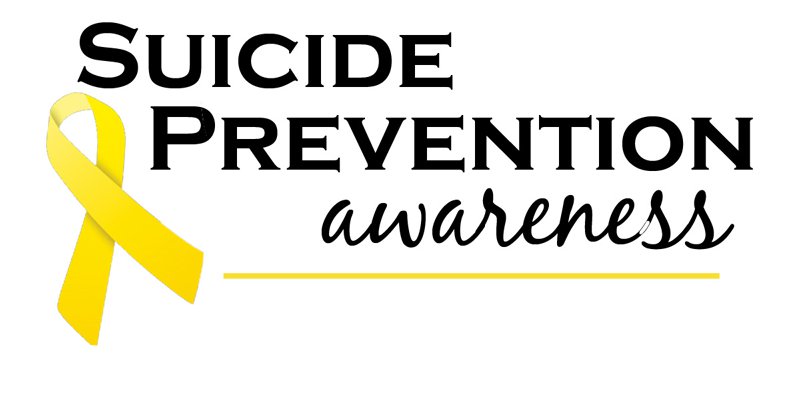
Trauma Informed Care; We Have Evolved to be at risk for Trauma; Here is Why
by Counseling and Wellness Center of PittsburghJune 21, 2018 counseling for PTSD, psychology, psychotherapy, ptsd, trauma, trauma informed care, trauma therapy1 comment
Trauma Informed Care
We have fantastic and astonishing memory abilities, the human mind and its processes, particularly in the way we store and retrieve the effective memories which then effect the way that we store and respond to our other memories and sensory input. Evolutionary psychology examines the way some things that can be problematic are often helpful to us in the past and as we...Learn More
Suicide Prevention
by Counseling and Wellness Center of PittsburghJune 8, 2018 Anthony Bourdain suicide, kate spade suicide, mental health awareness, suicide, suicide prevention, suicide warning signs0 comments
With the suicide of two Hollywood Stars this week, both Kate Spade fashion designer, and beloved Anthony Bourdain, American chef and champion of human rights, we at the Counseling and Wellness Center of Pittsburgh wish to express our condolences to the families, friends, and all of those effected by these tragic losses. According to the National Institute of Health, suicide rates are rising,...Learn More
